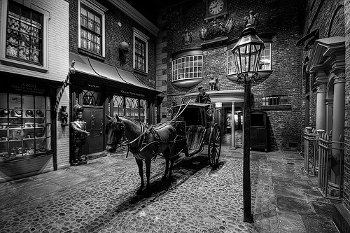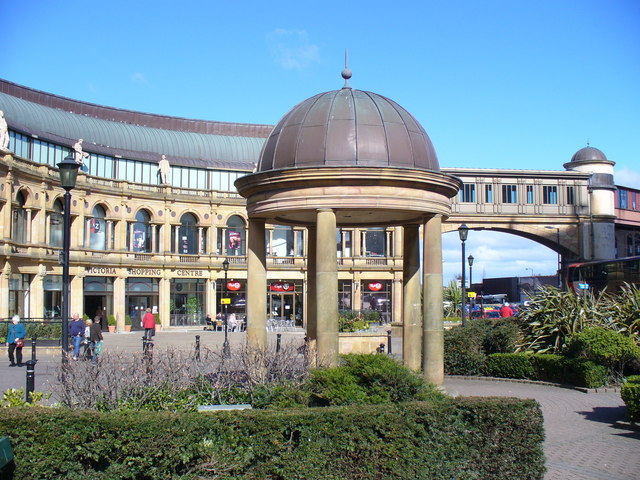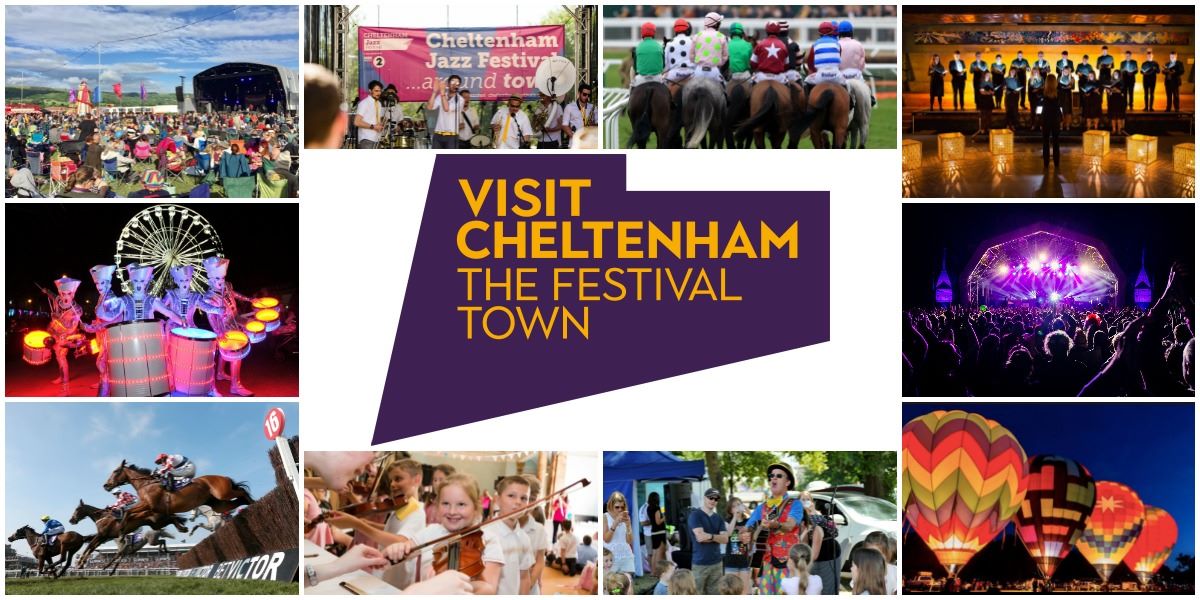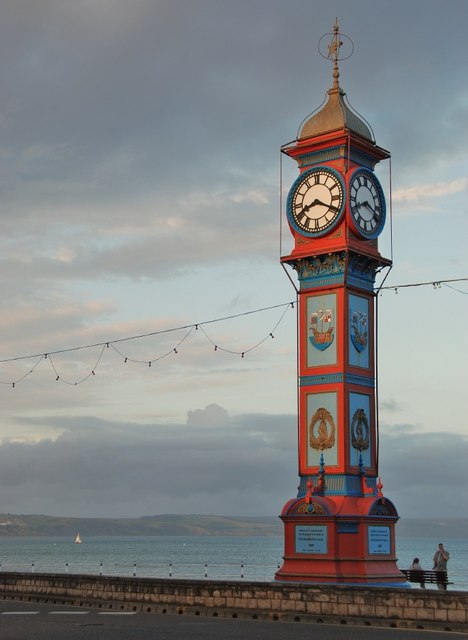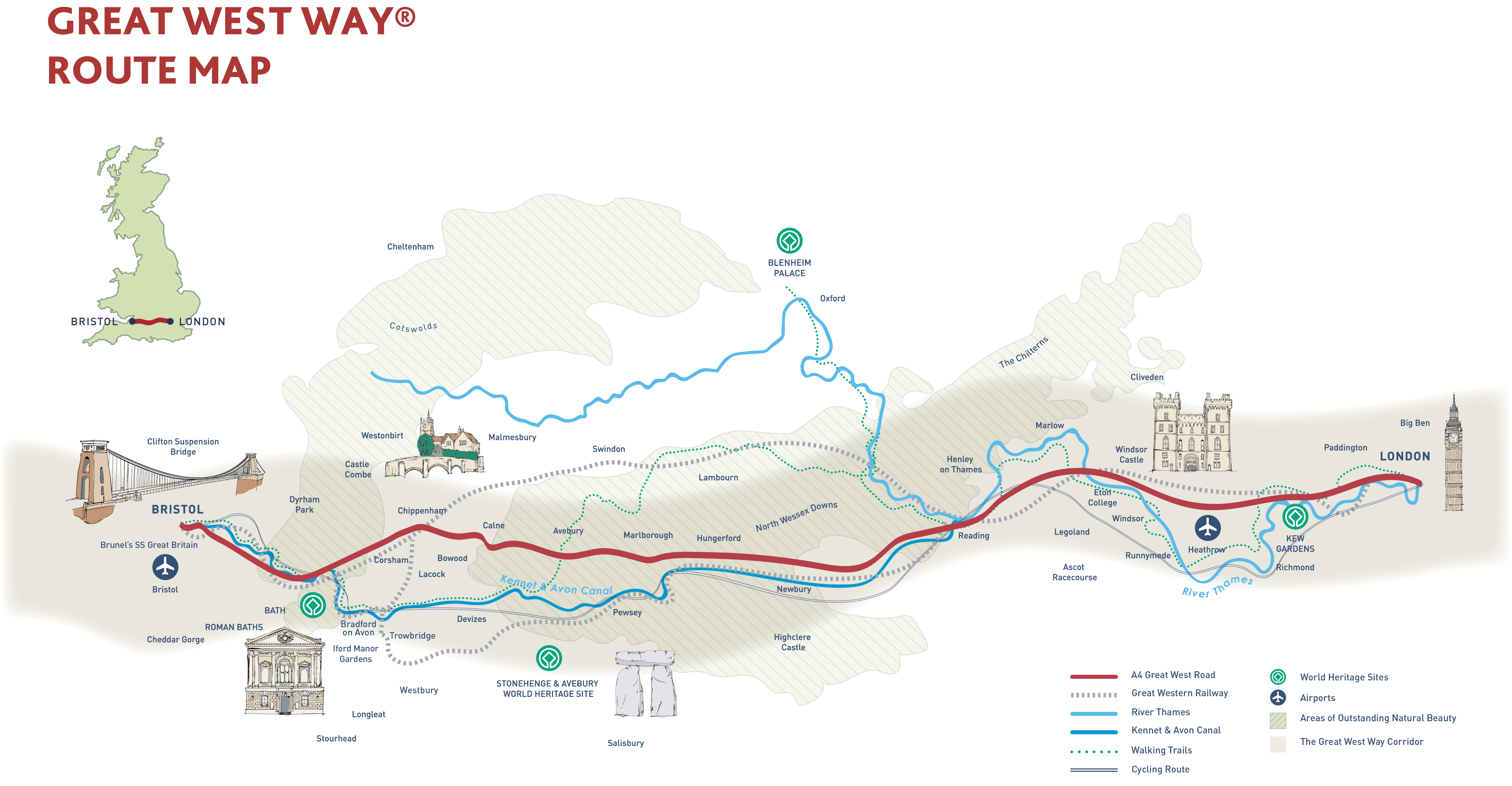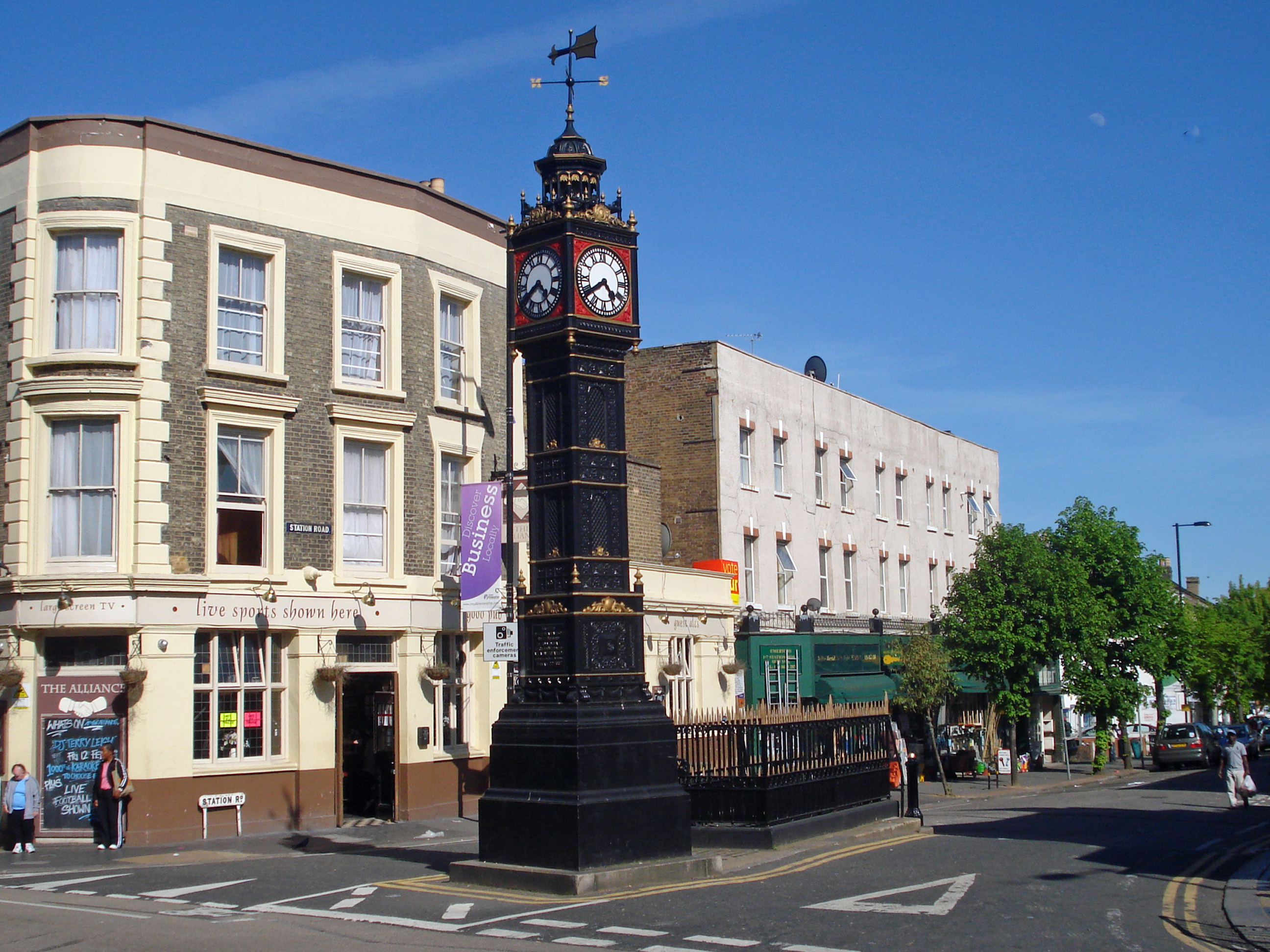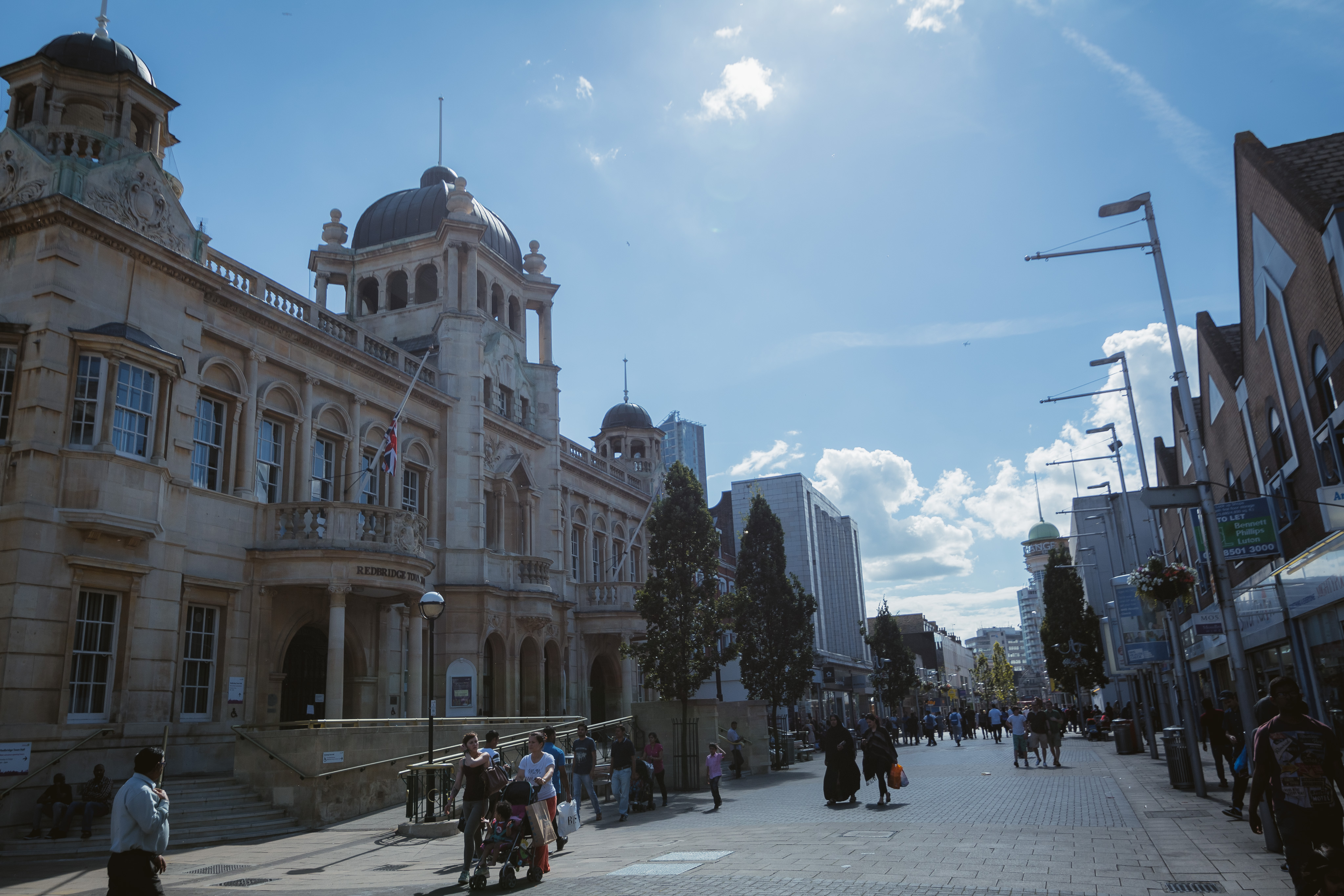Towns that go Bump in the Night
Britain is rich in ghost stories, some of which go back centuries and relate to places and names that are no longer familiar. Other towns have remained close to their eerie pasts, and Discover Towns has made a selection of places that offer group-friendly ghost trails and walks. York In 2002, Ghost Research Foundation International […]

